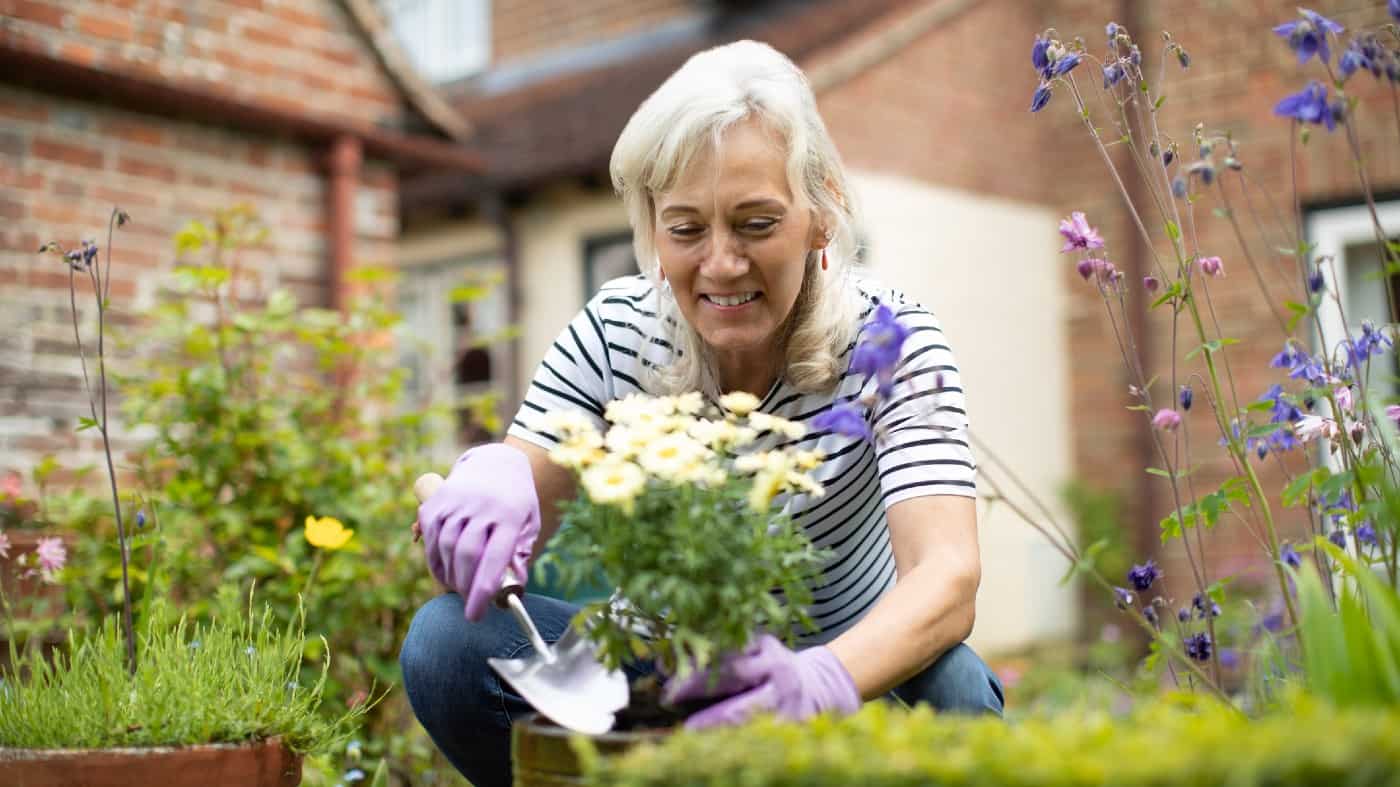Regularly injecting small sums of capital into a Self-Invested Personal Pension (SIPP) can lead to a surprisingly large retirement income, if invested correctly. Apart from receiving tax relief on each deposit, all capital gains and dividends received are tax-free while the money stays inside the account. As such, the compounding process is able to flourish without interruption from HMRC.
While starting early can be hugely advantageous, not everyone’s in a position to set money aside for retirement at the start of their careers. The good news is even at the age of 40, it’s possible to build up a chunky pension pot that can generate a passive income. Here’s how.
Better late than never
In the UK, the average retirement age is around 65. That gives 40-year-old investors around 25 years to get their finances in order. But this is more than enough time to establish a well-balanced retirement portfolio.
Suppose an investor’s paying the 20% basic rate of income tax. In this case, for every £450 of savings thrown into a SIPP, they’d actually end up with £562.50 after tax relief. On average, the UK stock market has delivered around 8% in total annualised returns. And by investing in a simple, low-cost index fund, it’s possible to replicate such gains while putting a portfolio on autopilot.
With this approach, assuming the 8% return’s maintained over the next 25 years, investing £562.50 each month would compound into a portfolio worth roughly £535,000. And by following the 4% withdrawal rule, that translates into a retirement income of £21,400.
For reference, those able to start saving at the age of 30 would be sitting on a nest egg worth closer to £1.3m with an income of £52,000. Of course, earning an extra 21 grand is nothing to scoff at. But there are riskier tactics investors can explore to bolster their long-term wealth.
Please note that tax treatment depends on the individual circumstances of each client and may be subject to change in future. The content in this article is provided for information purposes only. It is not intended to be, neither does it constitute, any form of tax advice. Readers are responsible for carrying out their own due diligence and for obtaining professional advice before making any investment decisions.
Seeking better returns
Stock picking’s quite different to index investing. It demands a lot more discipline, time, and temperament to execute sucessfully. However, by selecting individual businesses to own instead of a basket of hundreds of them, investors can unlock market-beating returns.
Even an extra 2% a year could boost the retirement income from £21,400 to almost £30,000. Of course, the question now becomes, which stocks should investors buy?
Despite being a relatively simple question, the answer is complicated. Everyone has different risk tolerances, which makes it difficult to pinpoint a stock that’s suitable for everyone. However, if I were building a SIPP from scratch today, Howden Joinery (LSE:HWDN) would likely be near the top of my list of stocks to consider.
It’s a vertically integrated designer and manufacturer of fitted kitchens. Working directly with builders and contractors, the company supplies all the materials and plans needed to fit a modern kitchen, as well as other rooms in the house.
With the average age of homes in the UK rising every year, demand for renovations continues to climb. And it’s a tailwind management’s been capitalising on for years, leading to majestic share price and dividend performance.
Of course, home renovations aren’t cheap. And the current macroeconomic landscape has certainly created several challenges for the business that competitors are likely trying to capitalise on.
However, even with this risk factor, the group’s track record’s still impressive. And that makes me cautiously optimistic about its long-term potential as a retirement investment.








